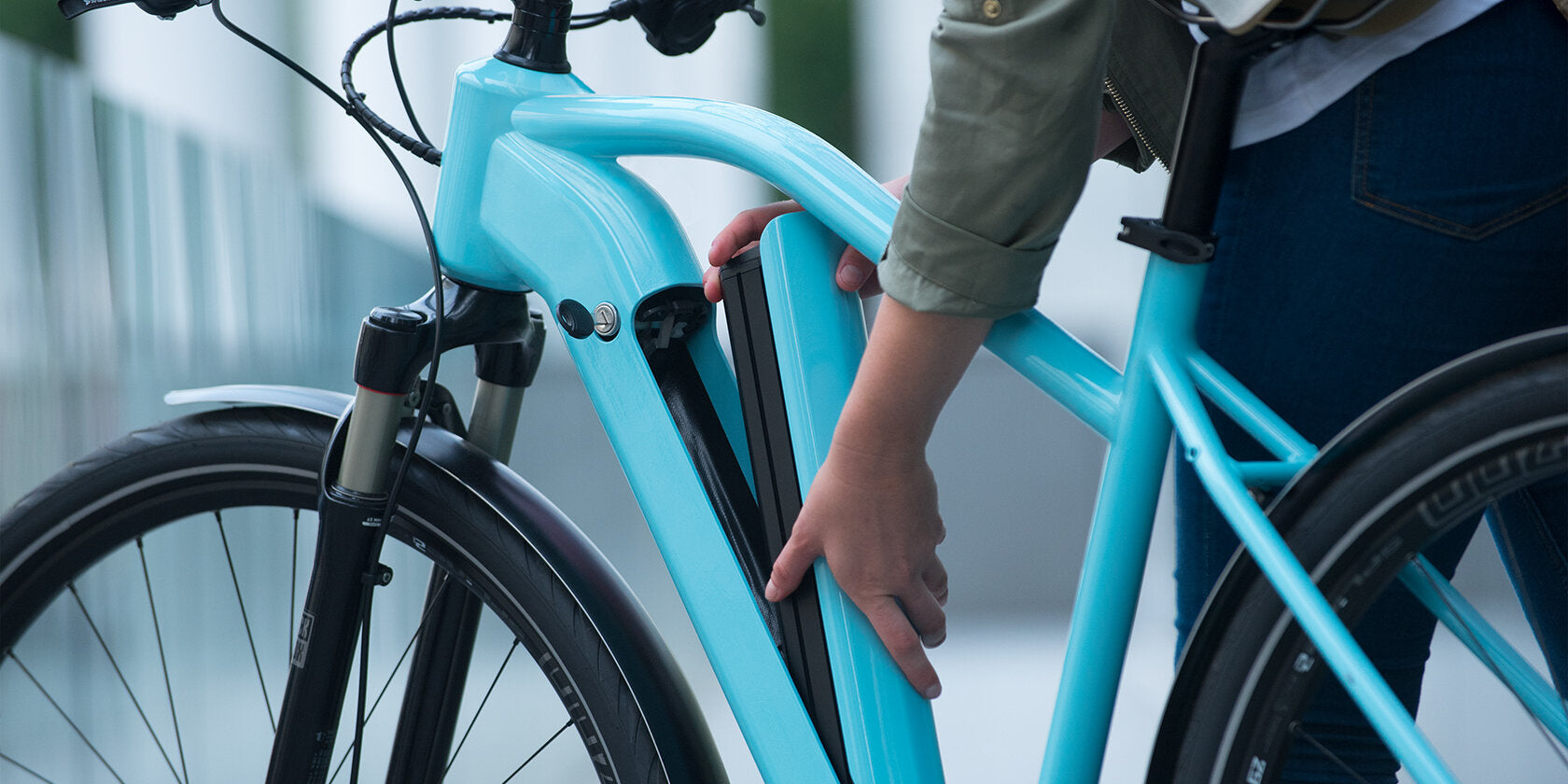How to keep the battery capacity of your e-bike
- by Michal Frosch
-

The battery capacity of an e-bike can decrease over time when stored due to a natural process called self-discharge. Self-discharge occurs when a battery loses energy over time due to chemical reactions within the battery even when it's not being used. The rate of self-discharge can vary depending on several factors, such as the battery's chemistry, temperature, and the length of time it's been stored.
In general, lithium-ion batteries, which are commonly used in e-bikes, can lose about 2-4% of their charge per month when stored at room temperature. This means that if an e-bike battery is left unused for several months, it may lose a significant portion of its capacity.
Other factors that can affect the capacity of an e-bike battery over time include:
-
Temperature: High temperatures can cause the battery to degrade more quickly, while lower temperatures can help to preserve its capacity.
-
Depth of discharge: Frequent deep discharges (i.e., using the battery until it's almost completely drained) can shorten the battery's lifespan and reduce its overall capacity.
-
Charging habits: Overcharging the battery or leaving it on the charger for long periods can also cause it to degrade more quickly.
To help preserve the capacity of an e-bike battery when stored, it's recommended to store it in a cool, dry place and to keep it charged to around 50% of its capacity. It's also a good idea to charge the battery periodically (e.g., every 6-8 months) to prevent it from fully discharging. Additionally, it's important to follow the manufacturer's recommendations for charging and storage to ensure that the battery lasts as long as possible.




